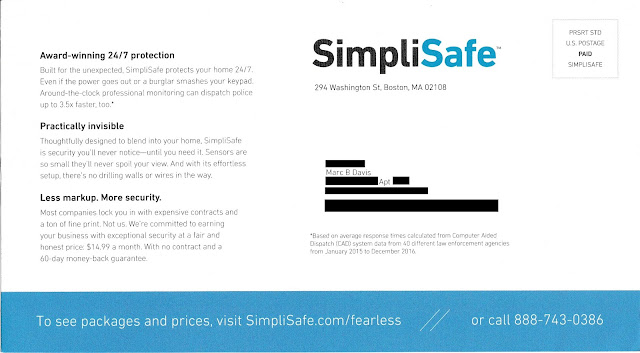A couple months ago I wrote about a referral offer from Freshly that merited a Fail for Creative. Last week, the company sent me a similar offer and, from a creative and user experience standpoint, it is an improvement.
 |
| Freshly email |
This email is personalized, addressing me by name. Although it positions the referral offer as something I had "earned" (which feels a bit gimmicky), the email does recognize both my purchase history and enthusiasm for the product.
Rather than the previous mailing -- which provided a code to share but without adequate instructions about how to use it -- this email offers a simple link with a Call to Action to "Send a Free Box." That seems easy, and needs no special codes.
The landing page includes a 3-step, easy-to-understand process for the customer to follow to give a friend a free week of Freshly.
 |
| Referral offer landing page |
The input fields are clear. The email message and subject lines include stock language with an opportunity to personalize. That's almost as flexible as switching next week's meal from the Cauliflower Shell Beef Bolognese to the Indian-Spiced Chickpea Curry Bowl.
One element included in the May email that is lacking here, however, is an expiration date. Instead, the email body copy mentions "... and will expire unless you share it soon ...", while the disclosure reads, "Freshly reserves the right to modify, replace, or cancel offer(s) at any time" -- a statement that lacks a sense of immediacy. This is not a Fail for Creative but is an improvement opportunity. Even if this referral offer is intended to be evergreen, I would include a soft expiration date using language such as "... so send a Freebie Box in the next 7 days and give the gift of better meals made easy!"
 |
| Referral offer Thank You page |
- Referral programs are a useful approach to allowing your customers to be your advocates.
- When you want your customers to do something, take all the traction out of the process.
- If your offer does not have a expiration date, at least suggest a timeframe for the customer to take action.


